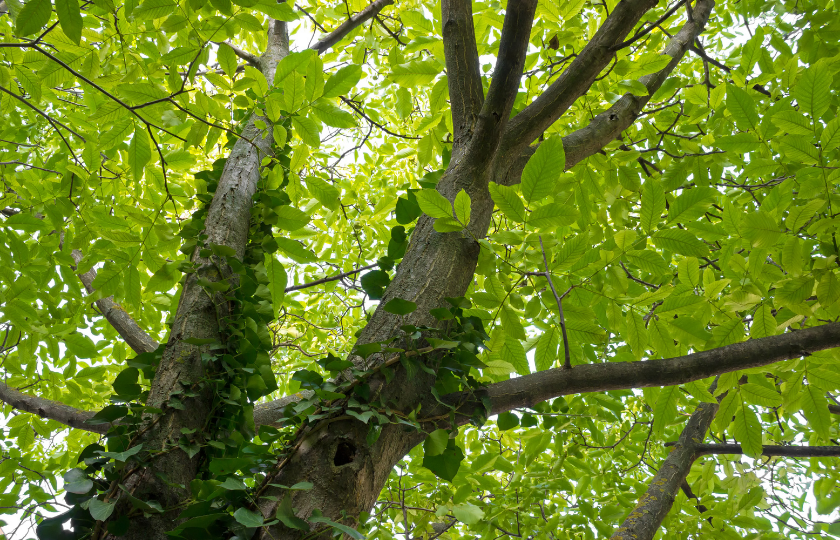Pollution has different effects on trees, depending on the species. While some plants can withstand high pollution levels (dust, suspended particles, gases), others are fairly sensitive. At the same time, studies have found that, yes, trees help clean air. So, which ones would be best to incorporate for that purpose?
Researchers from CSIR-Institute of Himalayan Bioresource Technology (IHBT) in India screened 26 plant species along the National Highway-21, from plains to high altitude passes, to check which plants are best to incorporate along roadsides to minimise the effects of pollutants from vehicles and help produce cleaner air.
“It was basically for prioritising species for green belt development along roadsides,” Sanjay Uniyal, a researcher from IHBT told Mongabay India. “The widening of the national highway NH-21 (our study area) is in progress. We initiated work on screening pollution tolerant species that may be planted along the 240km stretch of road in the Himalayas.’
Uniyal shared that the chosen trees should be aligned or planted parallel to the sides, at equal distance from one another, so that dust and pollution would equally be distributed on their leaf surface.
In addition, one should always consider that the selected trees must be suitable for the location’s particular climate and weather conditions.
After assessing the trees based on dust accumulation, CO2 absorption and pollution reduction, the study found trees such as walnut, silk or silver oak, Holly oak, red cedar, and fig to perform best in cleaning air.
Best trees to plant in India for cleaner air
Walnut Tree
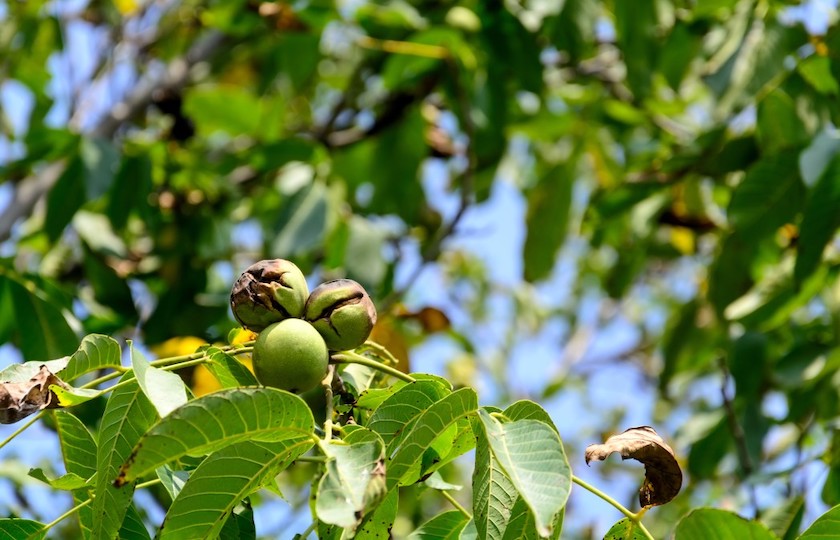
Scientific name: Juglians Regia
The walnut tree grows in fertile soil, in areas that provide enough moisture and direct sunlight. According to some researchers, walnuts have been a part of the human diet for nearly 10,000 years. About 20 deciduous trees of the family Juglandaceae are native to North and South America, southern Europe, Asia, and the West Indies.
Silver Oak
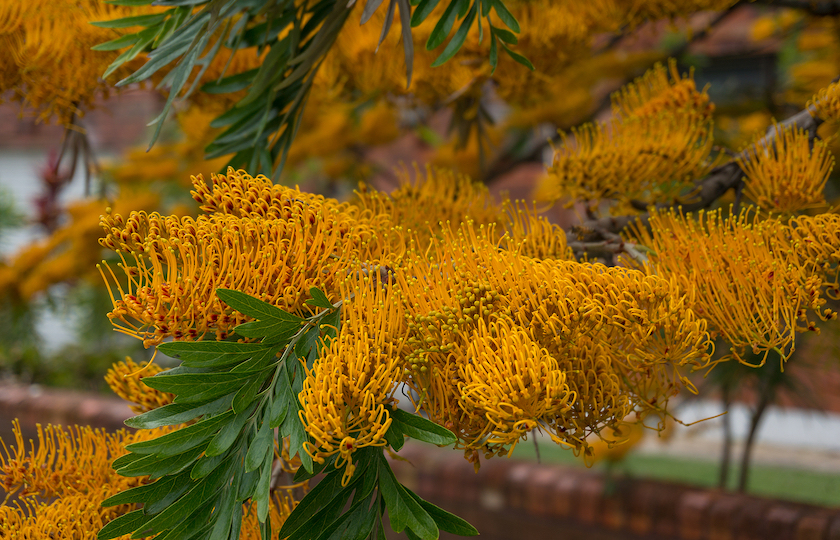
Scientific name: Grevillea robusta
Grevillea robusta, commonly known as the southern silky oak, silk oak or silky oak, silver oak or Australian silver oak, is a flowering plant in the family Proteaceae. It is a tree, the largest species in its genus but is not closely related to the true oaks, Quercus.
Holly Oak
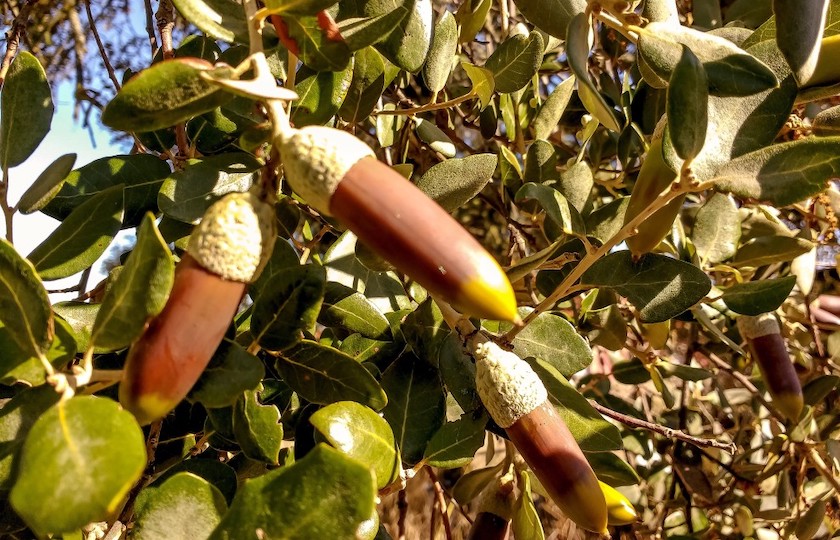
Scientific name: Quercus ilex
Quercus ilex, the evergreen oak, holly oak or holm oak, is a large evergreen oak native to the Mediterranean region. It takes its name from holm, an ancient name for holly. It is a member of the Cerris section of the genus, with acorns that mature in a single summer.
Red Cedar

Scientific name: Juniperus virginiana
The trees thrive in adverse conditions. Tolerant of both drought and cold, they grow well in rocky, sandy, and clayey soils. Competition between individual trees is minimal, and therefore they can be closely planted in rows, in which situation they still grow to full height, creating a solid windbreak in a short time.
Fig
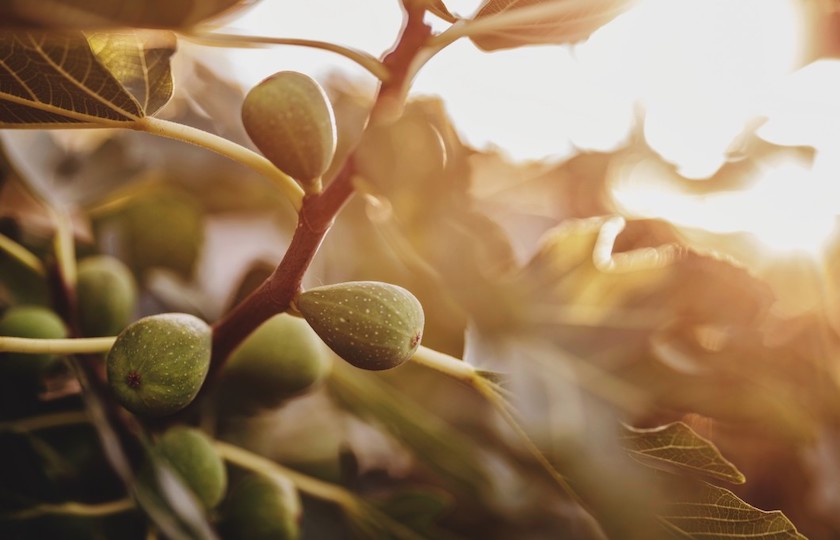
Scientific name: Juglians Regia
The species has become naturalised in scattered locations in Asia and North America.
The plant tolerates seasonal drought, and the Middle Eastern and Mediterranean climates are especially suitable for it.
How do trees clean the air?
Every year, the world’s forests absorb one-third of global emissions. Particles, odours, and pollutant gases such as nitrogen oxides, ammonia, and sulphur dioxide settle on a tree’s leaves. Toxic chemicals are absorbed by trees through their stomata, or ‘pores,’ effectively filtering them from the air.
Trees also help to reduce greenhouse gas emissions by trapping heat, lowering ground-level ozone levels, and releasing oxygen. If we continue at our current rate of deforestation, the quality of our air will significantly deteriorate.

